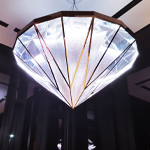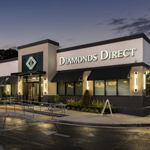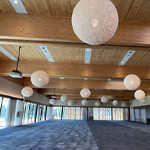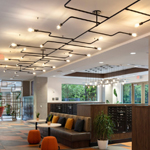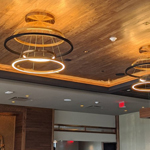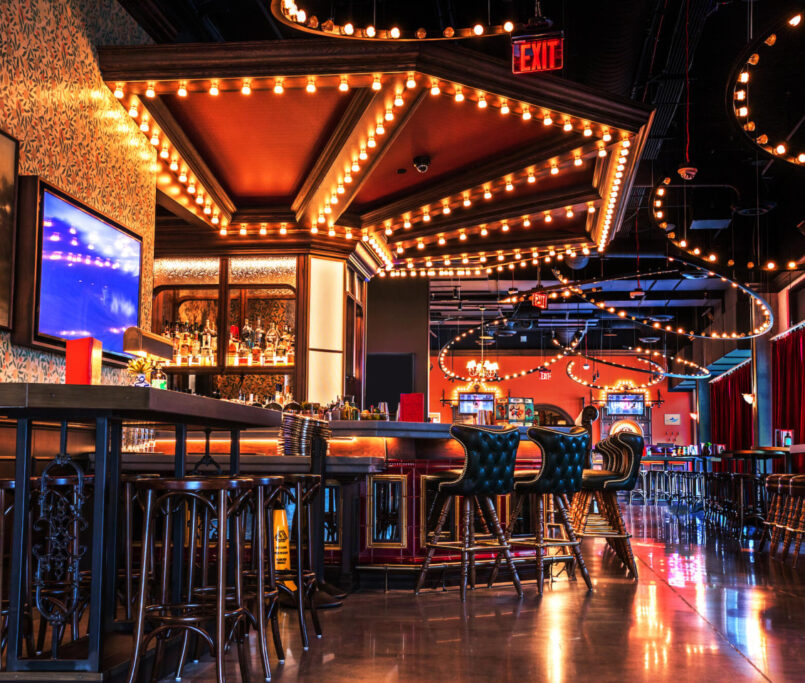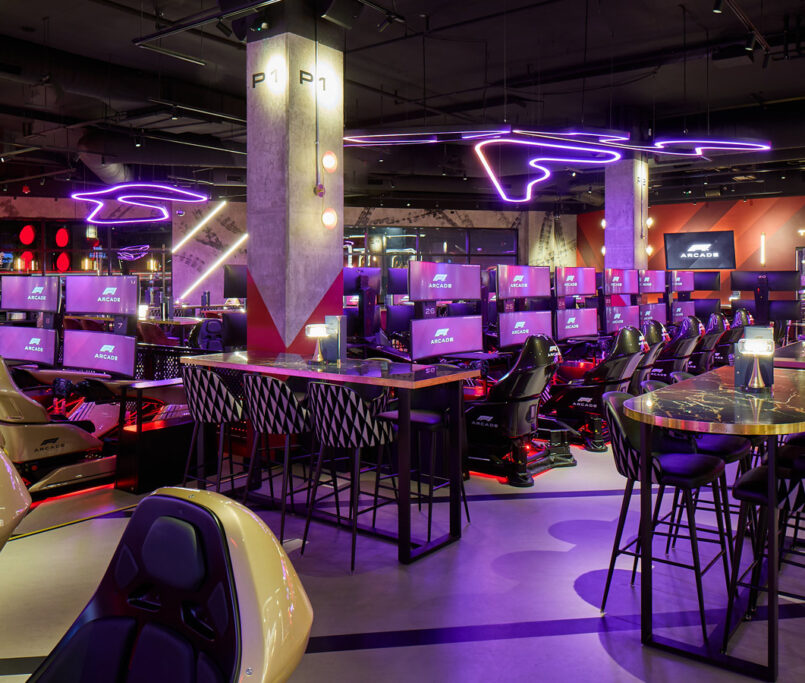Debunking common myths about LED lighting
LED lighting offers exciting opportunities to improve commercial environments in a variety of ways. From overall cost savings to energy savings to greater design flexibility, LEDs have a wide range of benefits over other types of lights like incandescent and fluorescent. Yet many myths exist regarding LEDs, and we’re here to debunk those so you know what to expect from this type of versatile lighting technology
Myth #1: They’re too expensive.
Although the initial purchase price of LEDs can be more expensive than other light sources, the cost is often much more attractive upon closer examination. First of all, some energy utilities offer rebates for customers that switch to LED lighting. You can check this site to see if your state offers any incentives for specific lighting applications. Next, as LEDs gain more market penetration and technologies improve, the prices will continue to come down. Lastly, the total lifetime cost tends to significantly favor LEDs. This technology is generally more energy efficient than other types, thereby reducing electricity costs. Plus, a single bulb can last over 10 years, whereas an incandescent light source might only last a year or so. As a result, you save on replacement costs, including the maintenance fees for having to replace hard-to access bulbs and fixtures in commercial spaces.
Myth #2: Changing to LED will not affect electric bills.
As indicated above, LEDs help you save money on your electric bill, both because of rebates from utilities as well as from using less kilowatt hours of energy. In fact, operating at a lower wattage enables LEDs to save you around 75-80% on energy costs compared to traditional incandescent light sources.
Myth #3: They’re not bright enough.
This myth is fueled in part because light bulbs are often rated in watts. A 12W LED might operate at the same brightness as a 60W incandescent, but someone might see the higher number associated with incandescents and assume that means it’s brighter. However, watts are really a measurement of the rate of power usage. Since LEDs are more efficient, they operate at lower wattage. Instead, buyers should really be looking at lumens as a measure of brightness. Both 100W incandescent light bulbs and a 16W LED bulb could have the same output of 1,600 lumens. Meanwhile, a 60W LED bulb is bright enough to blind you.
Myth #4: All LEDs are the same.
Businesses often make lighting purchases based on price, thinking that lighting is a commodity. However, lights from different brands can vary in the quality of their performance, and they can have different warranties. Especially for a category on the cutting edge like LEDs, it’s important to consider the broader spectrum of quality, considering that some brands invest more than others in research, manufacturing and testing to ensure their products last longer, maintain luminosity, display the intended color, and have other factors that serve as differentiators.
Myth #5: LEDs last forever.
While the LED myths we’re debunking should inspire optimism in using these bulbs, it’s important to keep expectations realistic. With that in mind, know that LEDs do not last forever, though it might seem like they do compared to other bulbs. They can last up to around 50,000 hours, meaning an LED bulb used for 10 hours per day, every day, would last nearly 14 years. That being said, it does not mean that the quality of light will be the same after this period of time.
Myth #6: They’re heatless
To properly set expectations, it’s also important to note that LEDs are not heatless, but they might seem like it in comparison to other bulbs. Most of the energy from incandescents escapes as heat rather than light, which is why they feel so much hotter than LEDs and are less efficient. Yet LEDs still produce some warmth, and the diodes and internal components of an LED light are very hot. Good LED product manufacturers dissipate this heat better than others.
Ideoli’s foundation as a company is rooted in LED technology. The founders, George Stroumboulis and Chris Hartswick, have been part of LED lighting startups prior to Ideoli and have been involved with the design, development, manufacturing and sale of some of the industry’s leading LED products. As you can see with these debunked myths, LEDs offer clear advantages over other types of light bulbs. By knowing the facts, it’s easier to choose the lighting source that best suits the needs of your business. Ideoli is well positioned to help you make those lighting choices.


